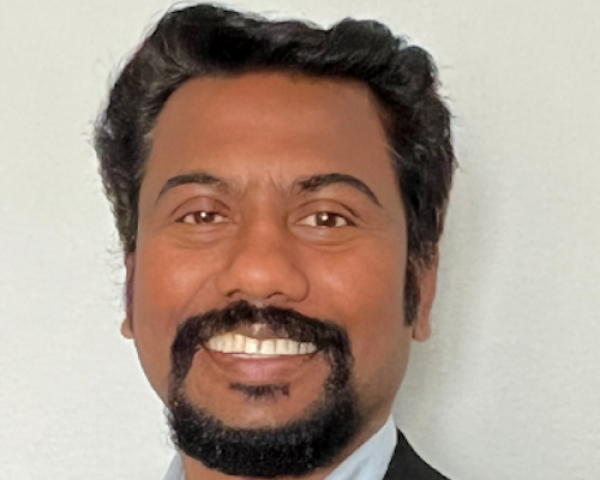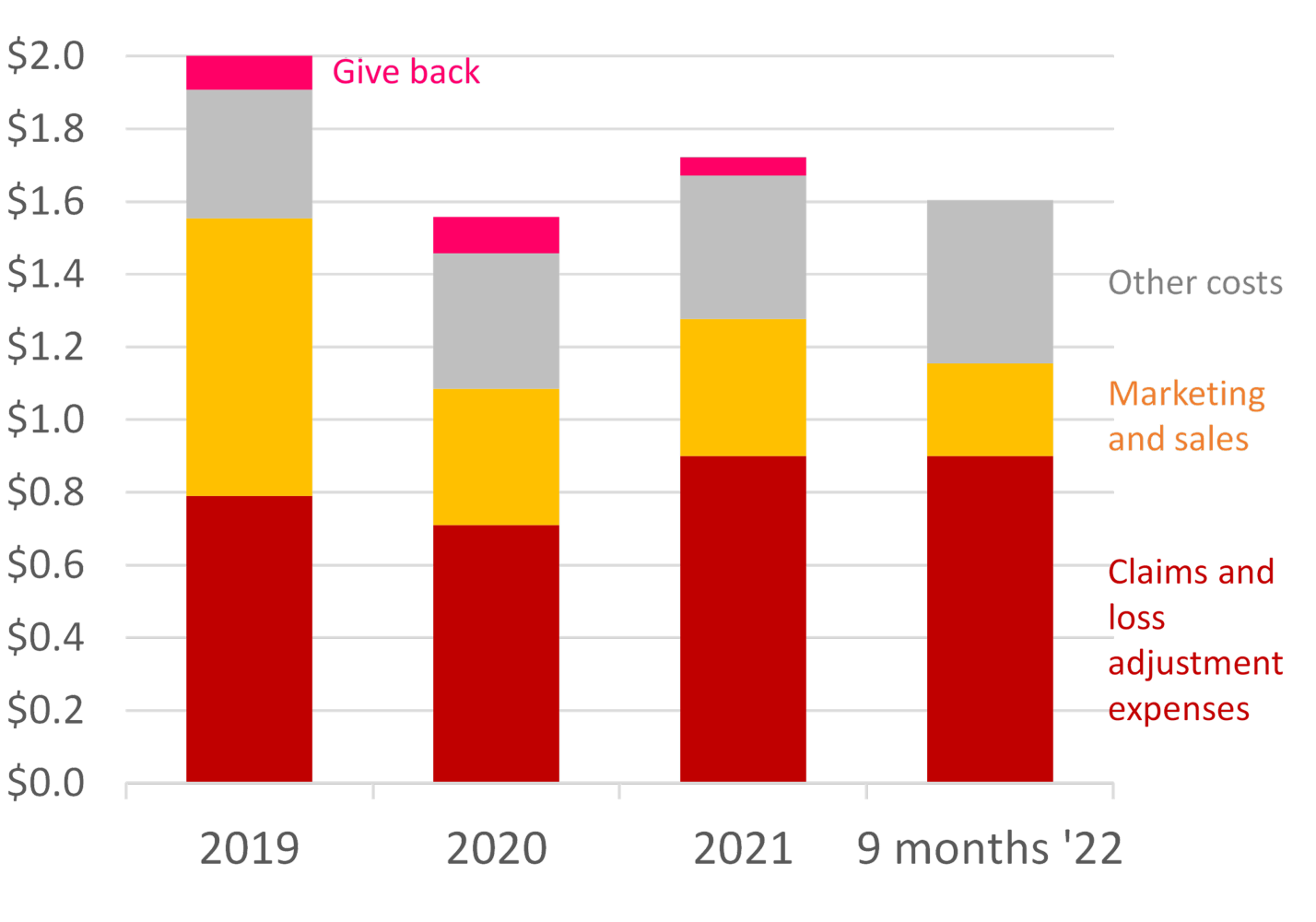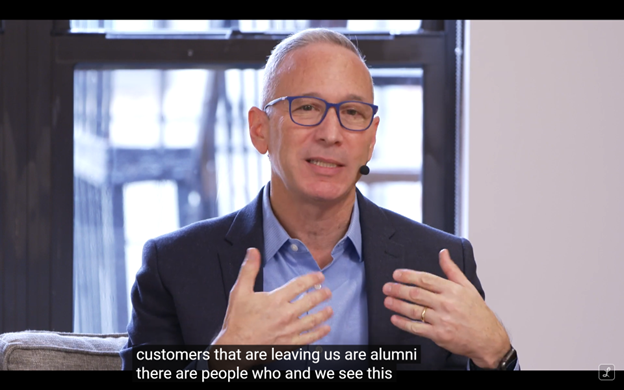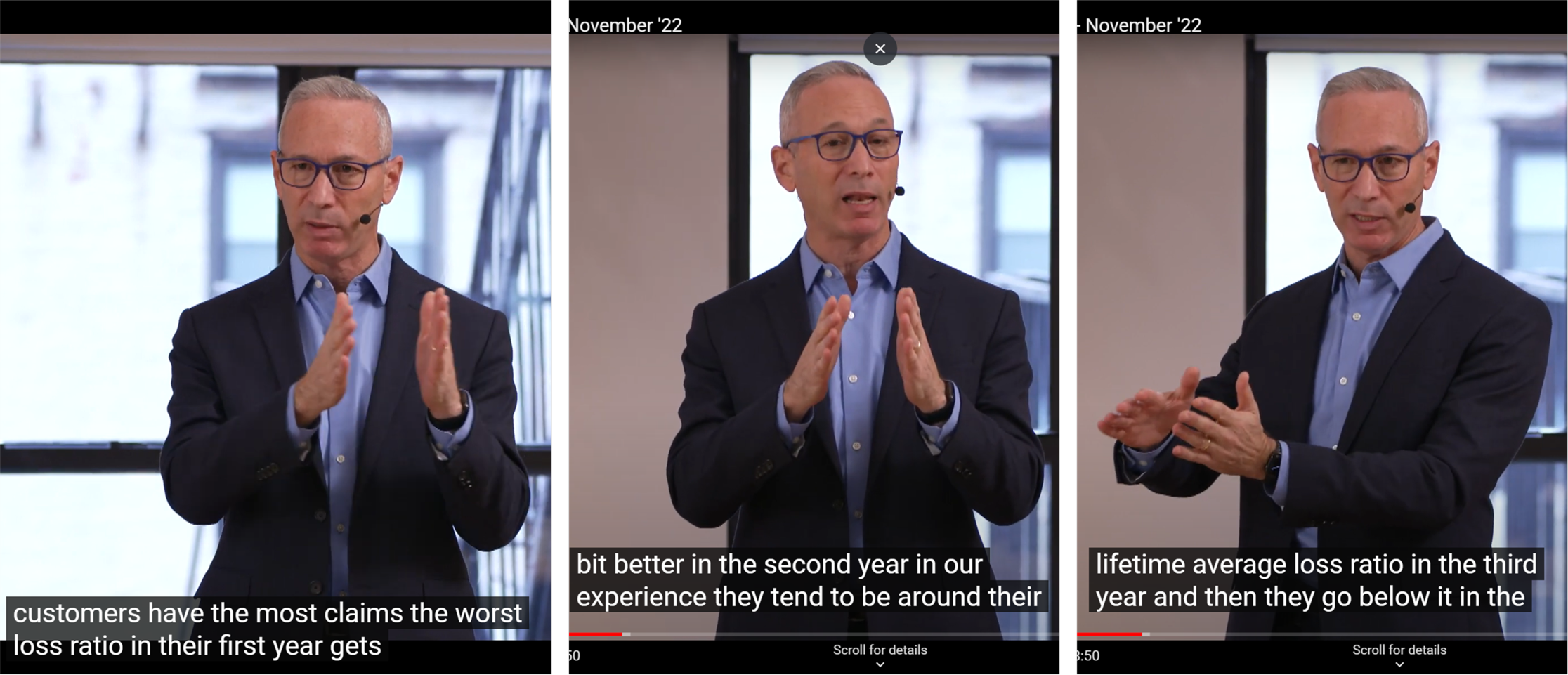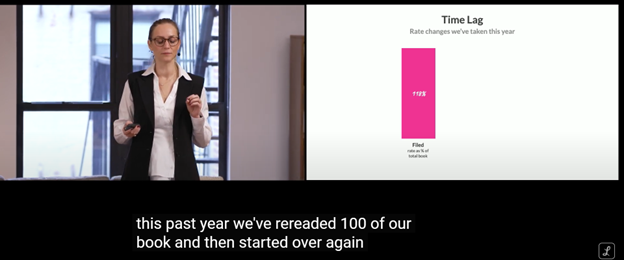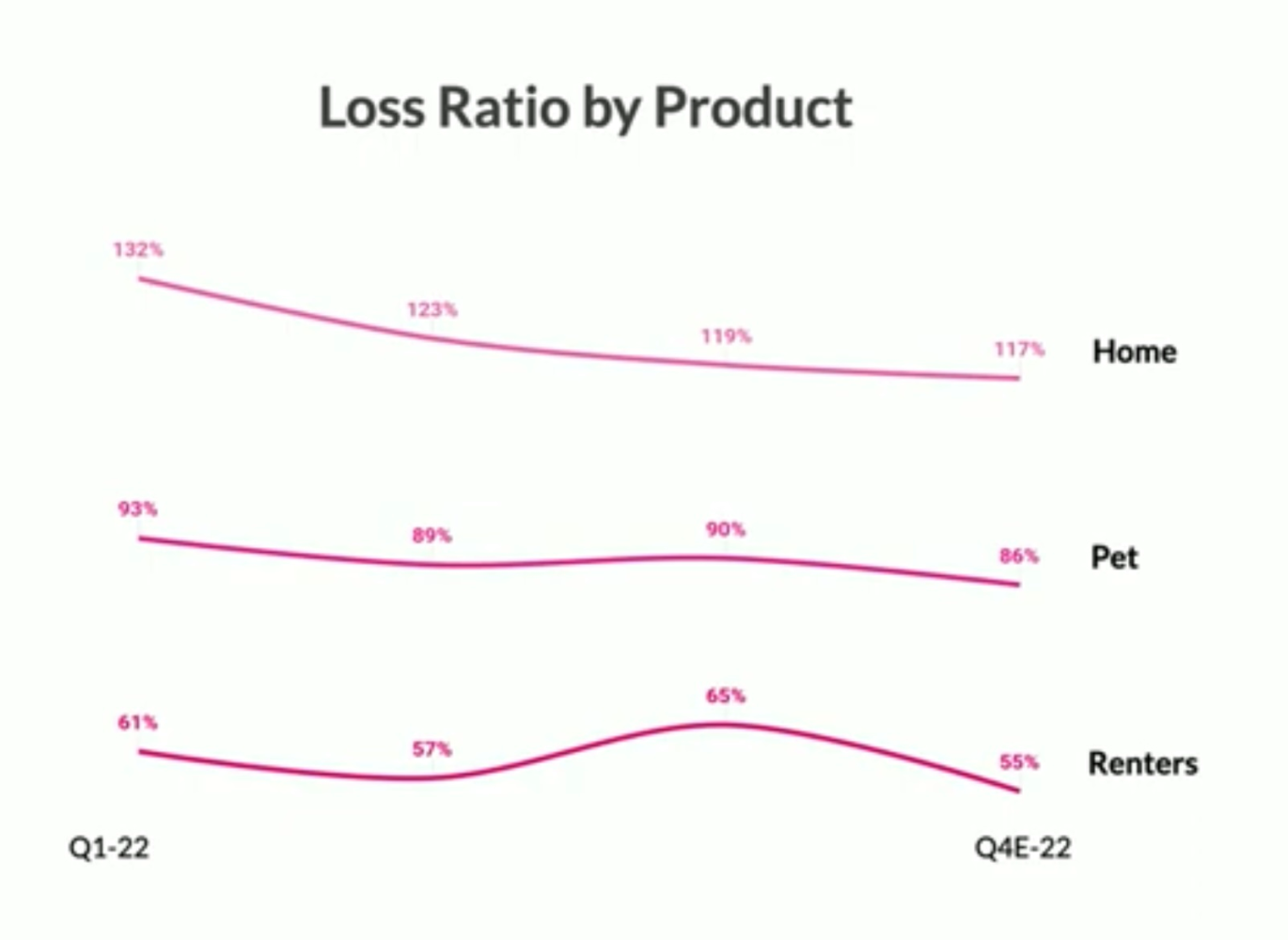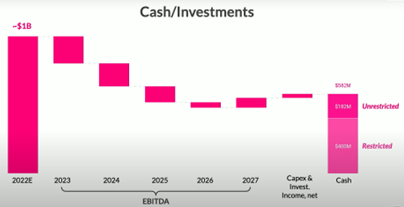In April 2021, UIPath went public, and robotic process automation (RPA) was ushered in as the next great class of business software. At the time, NASDAQ: PATH was the third-largest IPO in software history (behind Snowflake and Qualtrace). Eighteen months later, what have we learned?
Four observations:
- RPA wins tend to be tactical, not strategic. RPA automates rote tasks in primarily finance, HR and legal: support functions, not areas of differentiation for your business--unless your business is finance, HR or legal
- RPA tends to add--not remove--cost. Bots tend to run alongside humans rather than replacing them, and license and support costs are not inconsiderable
- Automation centers of excellence (CoEs) tend to plateau at +/- 200 bots. There are several reasons for the plateau, including stakeholder misalignment on goals and measures of success, inability to demonstrate ROI and validate outcomes, lack of process understanding and standardization and, last but not least, difficulty identifying the right root causes of the business problem(s) being addressed
- “Automate first” is a suboptimal approach to automation. You buy the software, find the low-hanging fruit (or what appears as such) in, for example, source to pay and quickly spin up some bots. The problem with this approach is that tasks appearing simple and discrete are often linked to, or nested within, larger processes that are more dynamic, nuanced and complex
None of this is a knock on UIPath or RPA software as a class. To the contrary, these are powerful tools that get better and smarter with every product release.
The challenges to date have been mainly with human software. Line workers are understandably reluctant to embrace technologies threatening to make their jobs redundant, and, as a result, leaders and managers have been reluctant to pursue automation as a strategic imperative.
See also: Future of Digital Insurance Claims
In the aftermath of COVID, with labor shortages and global inflation, out of necessity leadership minds are changing fast. There is a growing sense of urgency. Looking ahead, we see three guiding trends:
- Tactical automations are being aggregated. Startups such as Thoughtful+ and Goodlegal (founded by UIPath’s lead counsel) are offering purpose-built automations in finance, HR and legal, with an eye toward building out end-to-end (E2E) automation platforms in these areas. The classic build v. buy debate emerges: Why invest resources today in tactical bots when E2E automation platforms will likely be available tomorrow?
- “Automate last” is the way. There are three non-negotiable steps in strategic automation: 1) process discovery, 2) process standardization and 3) automation deployment and control. Working through the three steps in sequence not only yields better automation results, it also imposes new organizational rigor, yielding efficiency gains funding the larger automation effort
- Automation is itself automating. To date, the critical first step in strategic automation--process discovery--has been a manual exercise composed of humans interviewing humans and documenting work activity. A new class of process intelligence tools (e.g., skan.AI) automate this step. Such tools go so far as to financially value and triage key processes and recommend process fixes and automation paths
Given the rapid innovation in all three steps of the automation lifecycle, procrastination may not seem like a bad strategy, like waiting three months to buy a TV.
But what’s happened in telematics offers a cautionary tale. Progressive embraced telematics early on, investing in capabilities and expertise ahead of the market. GEICO, by contrast, waited. The result? Per Ajit Jain, GEICO’s vice chairman, “There’s no question that recently Progressive has done a much better job than GEICO, both in terms of margins and in terms of growth. There are a number of causes for that, but I think the biggest culprit as far as GEICO is concerned is telematics.”
Jain said he expects it will take GEICO “one to two years to catch up” to Progressive in telematics, and GEICO’s financial results will “suffer comparatively” in the meantime.
What is telematics but the strategic automation of underwriting and rating? If “following fast” is your strategy as it relates to automation, be aware that, as GEICO teaches us, “fast” is measured in years. You can’t buy your way quickly up to speed.
Strategic automation isn’t a magic pill or fad diet, it’s a lifestyle change. Automated operations delivering speed, precision and stability, reducing customer churn and acquisition costs, require several quarters of prudent, patient investment to build. A new mindset, working customer-back and not technology-forward, can and should prevail today.
Fortune favors the bold. Firms that are clear and candid about their automation ambitions will do better than those that hedge. The older and more established the firm, the stronger the downward gravitational pull of the status quo. If automating half of your underwriting function is, for example, the goal, then say it in no uncertain terms, making automation part of the mission, including automation targets in employee evaluations and financial compensation.







